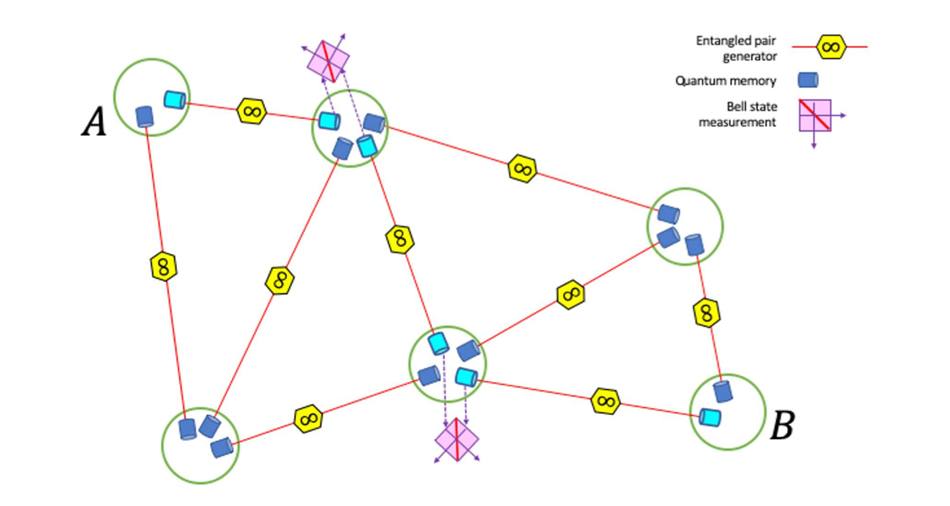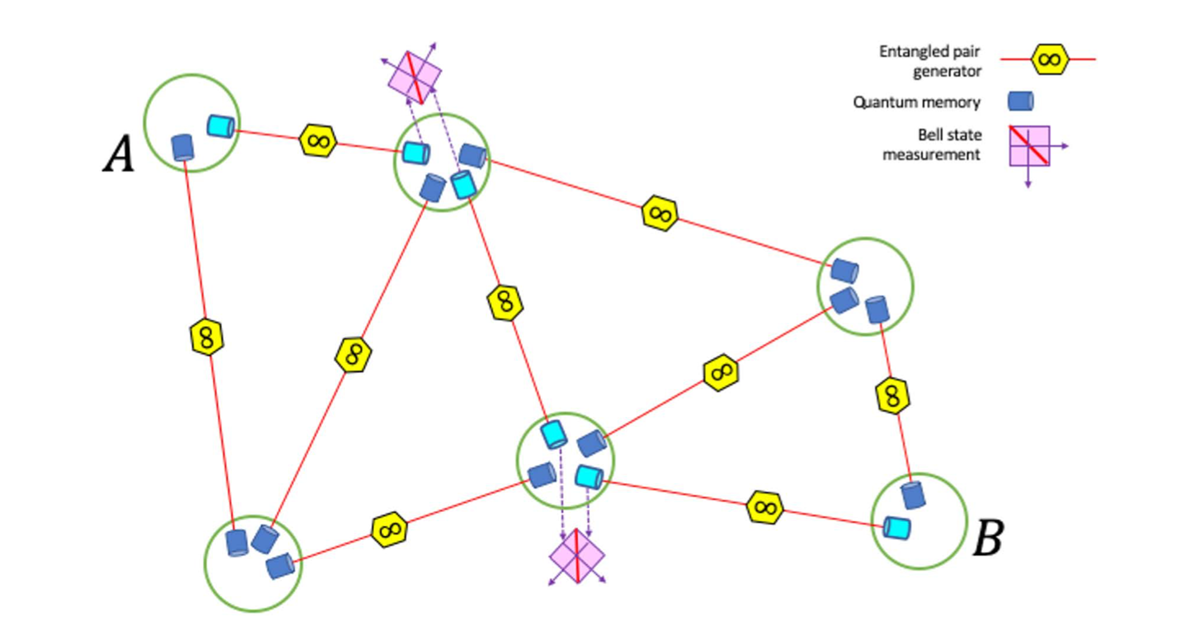The intersection of quantum technology and aerospace is a compelling frontier, offering groundbreaking opportunities and innovations. In this blog post, we will delve into the world of quantum technology in aerospace, its challenges, its applications, Canada’s contribution in this area and INO’s role in advancing quantum technology applications in this industry.
Question 1: Why is adapting quantum technology for aerospace challenging and what factors need to be considered?
Adapting quantum technology for aerospace is a complex task. Quantum research is still at a fundamental level, and concrete applications for emerging technologies developed in universities need to be found. INO supports university research by helping with technological de-risking stages. When the technology reaches the prototype stage, efforts are made to adapt it for space applications. Various factors must be considered, such as launch vibration constraints, microvibrations from satellite bus related to inertia wheels that maintain the satellite’s attitude in space. Temperature variations in survival and operational modes, as well as radiation, are also factors to be mentioned. Additionally, it is essential to note that the developed system must operate in a vacuum with all the constraints related to material selection, thermal dissipation, and other factors.
Question 2: What is an early application of quantum technology in aerospace?
One of the early applications of quantum technology is secure communication through the unbreakable exchange of encryption keys between two participants, such as banks and governments. It is also possible to network quantum processors to exponentially increase their combined computing power, bringing us closer to a quantum internet.
Question 3: How does quantum technology address the limitations of data encryption over long distances in current networks?
Current terrestrial networks using optical fiber cannot encrypt data over long distances. Quantum information can not be copied, and any amplification scheme is impossible since it would compromise the quantum uniqueness of the information. An alternative solution is needed to maintain and process quantum information. One proposed solution is to relay information using a constellation of satellites to reduce transfer losses on long intercontinental or extensive links (greater than 2000-3000 km). For this purpose, a planned architecture would involve ground stations and satellites with carefully designed orbits to maximize ground coverage. Each satellite and ground receiver would have a quantum memory and a Bell state analyzer, enabling the entanglement of the installations with each other. It is possible to re-entangle the stations with a combination of entangled photon sources, quantum memories, and Bell state analysers. The cumulative use of these devices, following a specific scheme, allows for the generation of an entanglement link between point A (Alice) and point B (Bob), as illustrated in the figure below by the path marked in light blue.

Question 4: What is the role of a transducer in quantum technology for aerospace applications?
Transducers play a critical role in quantum technology for aerospace. It is challenging to have a photon source that provides high-fidelity entanglement with a sufficiently high repetition rate. Therefore, it is interesting to have a system that allows information to be transposed between microwave and optical states. Microwave photon sources offer interesting quantum state preparations for stable states over time, but microwaves propagate only a few meters in the atmosphere, while optical waves, if there are not too many clouds, can propagate over long distances, limited only by diffraction.
However, to process information and transmit it over long distances, it is often necessary to convert, copy, or store it. In this context, one of the properties of quantum information becomes clear: it cannot be copied. It is necessary to transduce this information between different quantum systems to process the information without destroying its quantum nature.
Question 5: How does the private sector engage with quantum aerospace development and where is this research being conducted worldwide?
Private sector involvement in quantum aerospace development is still in its early stages with a primary focus on telecommunications rather than in sensors. Quantum aerospace research in conducted in several countries, such as France, Germany, the United Kingdom, where companies like Exail are leaders in this field, and Singapore with the Cubesat 3U project featuring a source of entangled photons.
Question 6: How is Canada contributing to the development of quantum technology in aerospace, and what projects is Canada involved in?
Canada is actively contributing to the development of quantum technology in aerospace. One noteworthy collaboration is the HyperSpace project with the European Union, which aims to establish a quantum communication network between continents. Canada has also its own significant project called QeysSat, which aims to demonstrate the quantum distribution of encryption keys from the ground to a satellite, and INO is actively involved in this project!
Question 7: What is the role of INO in advancing quantum technology for aerospace applications?
As an industrial innovation center, INO plays a crucial role in maturing technology and product development in the field of quantum technology. Researchers at INO work to de-risk photonic technology, making it possible for private companies in Quebec and Canada to leverage them. This includes technologies such as uncooled thermal cameras, optics for space and biomedicine, and applications related to vision and artificial intelligence (AI).
Question 8: What areas of research and innovation is INO focused on in the field of space technology?
INO is involved in various aspects of research and innovation related to space technology. Our activities include business case analyses in the space sector and technological exploration. This includes the measurement of gravitational fields, atmospheric probing, magnetism, meteorology, and other relevant applications for our clients. INO’s focus in the space sector involves investing in integrated photonics, covering a wide spectrum from microwave to terahertz.




